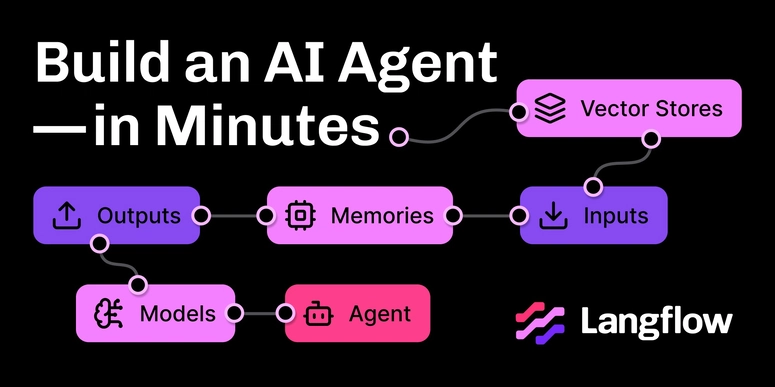Implementing feedback loops in a CI/CD pipeline ensures that teams receive timely information about code changes, enabling them to address issues quickly and improve the development process. Here's a step-by-step guide to setting up effective feedback loops in your CI/CD pipeline:
1. Understand Feedback Mechanisms
Feedback loops in CI/CD provide real-time insights into:
- Code quality
- Build status
- Test results
- Security vulnerabilities
- Deployment success or failure
2. Steps to Implement Feedback Loops
a. Automated Code Quality Checks
- Tools: Integrate static code analysis tools like SonarQube, ESLint, or Checkstyle into your pipeline.
-
Implementation:
- Include a stage in your pipeline to run static analysis after the code is pushed.
- Fail the pipeline if the quality gate is not met.
-
Feedback Loop:
- Provide reports and suggestions directly to pull requests (PRs) via CI tools like Jenkins, GitLab CI, or GitHub Actions.
b. Continuous Testing Feedback
-
Unit Tests:
- Run unit tests automatically during the build phase.
- Use tools like JUnit, pytest, or Mocha for comprehensive test coverage.
-
Integration and End-to-End Tests:
- Run these tests in a staging environment post-deployment.
- Use frameworks like Selenium, Cypress, or Postman.
-
Feedback Loop:
- Generate test reports and send immediate notifications about test failures to developers via Slack, email, or GitHub/GitLab.
c. Build and Deployment Status Feedback
- CI Tools: Use Jenkins, GitHub Actions, or GitLab CI to provide feedback on builds.
-
Implementation:
- Include stages for builds, artifact creation, and deployments in the pipeline.
- Automatically notify stakeholders of build or deployment failures.
-
Feedback Loop:
- Use dashboards and integrations with messaging tools (e.g., Slack or MS Teams) for real-time updates.
d. Security Scans
- Tools: Use Snyk, Trivy, or OWASP Dependency-Check to scan for vulnerabilities in code and dependencies.
-
Implementation:
- Add security scanning stages in the pipeline after the build phase.
- Block deployments for high-priority vulnerabilities.
-
Feedback Loop:
- Generate security reports and deliver them to teams for immediate action.
e. Monitoring and Production Feedback
- Tools: Implement monitoring tools like Prometheus, Datadog, or New Relic.
-
Implementation:
- Monitor production metrics like response time, error rate, and resource utilization.
- Use observability platforms like Grafana to visualize data.
-
Feedback Loop:
- Set up alerts for anomalies and send them to incident management tools like PagerDuty or Opsgenie.
f. Developer Feedback
-
Pull Request Comments:
- Integrate tools like SonarQube or CodeClimate to comment on code quality in PRs.
-
Code Reviews:
- Use tools like GitHub or GitLab to encourage peer reviews and collaboration.
3. Notifications and Dashboards
-
Notification Channels:
- Integrate CI/CD tools with Slack, Teams, or email for real-time notifications.
-
Dashboards:
- Use tools like Jenkins Blue Ocean, Grafana, or GitLab's pipeline dashboard to visualize pipeline health, test results, and build performance.
4. Example CI/CD Pipeline with Feedback Loops
An example of a Jenkins pipeline:
pipeline {
agent any
stages {
stage('Checkout Code') {
steps {
checkout scm
}
}
stage('Static Code Analysis') {
steps {
sh 'sonar-scanner'
}
}
stage('Build') {
steps {
sh './gradlew build'
}
}
stage('Unit Tests') {
steps {
sh './gradlew test'
}
}
stage('Security Scan') {
steps {
sh 'trivy image myapp:latest'
}
}
stage('Deploy to Staging') {
steps {
sh './deploy.sh staging'
}
}
stage('Integration Tests') {
steps {
sh './integration-tests.sh'
}
}
}
post {
success {
notify('Build and tests succeeded')
}
failure {
notify('Pipeline failed. Check logs.')
}
}
}
def notify(message) {
slackSend(channel: '#ci-cd', message: message)
}
5. Tools for Implementation
- Code Quality: SonarQube, ESLint, CodeClimate
- CI/CD Platforms: Jenkins, GitLab CI, GitHub Actions, CircleCI
- Testing: JUnit, pytest, Cypress
- Security: Snyk, Trivy, OWASP ZAP
- Monitoring: Prometheus, Grafana, New Relic
- Notifications: Slack, MS Teams, PagerDuty
Happy Learning !!!




Top comments (0)